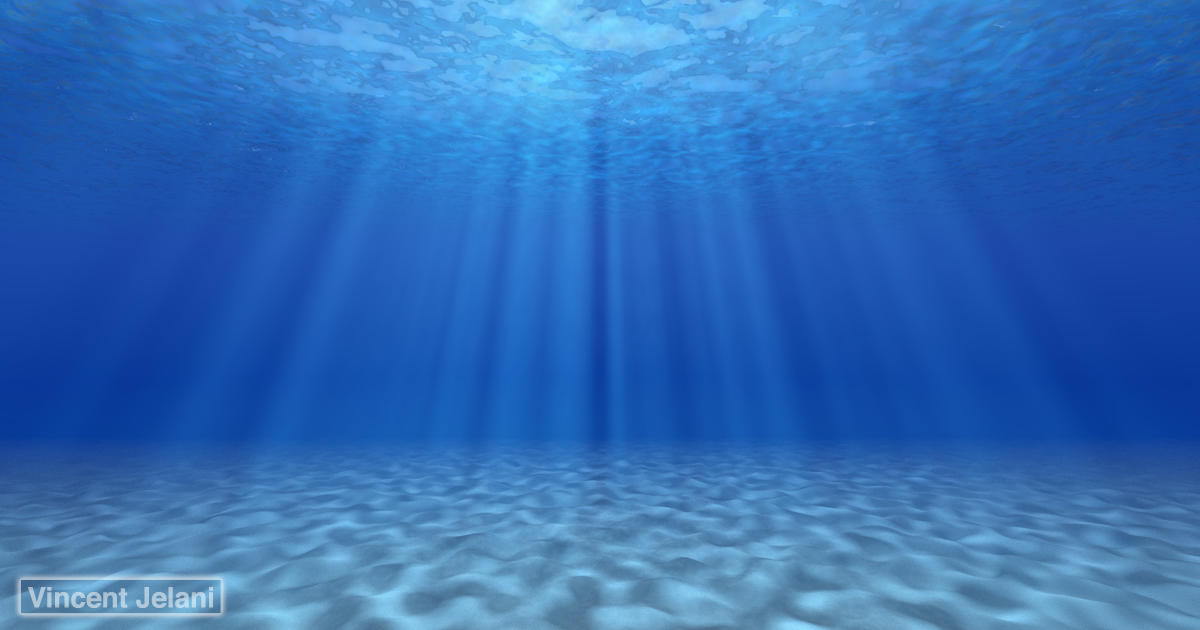Abstract:

Researchers from Penn State have created a new technology that produces generous amounts of electrical power where seawater and freshwater combine at the coast.
The difference in salt concentration has the potential to generate enough energy to meet up to 40% of global electricity demands. Though methods currently exist to capture this energy, the two most successful methods, pressure retarded osmosis (PRO) and reverse electrodialysis (RED), have thus come up short.
The most common system (PRO), selectively allows water to transport through a semi-permeable membrane, while rejecting salt. The osmotic pressure created from this process is then converted into energy by turning turbines.
The second technology, RED, uses an electrochemical gradient to develop voltages across ion-exchange membranes. This energy is created when chloride or sodium ions are kept from crossing ion-exchange membranes as a result of selective ion transport. Ion-exchange membranes don't require water to flow through them, so they don't foul as easily as the membranes used in PRO; however, the problem with RED is that it doesn't have the ability to produce large amounts of power.
